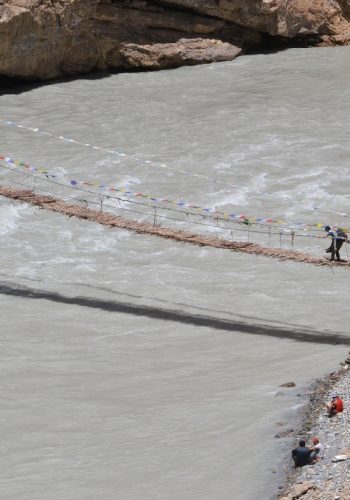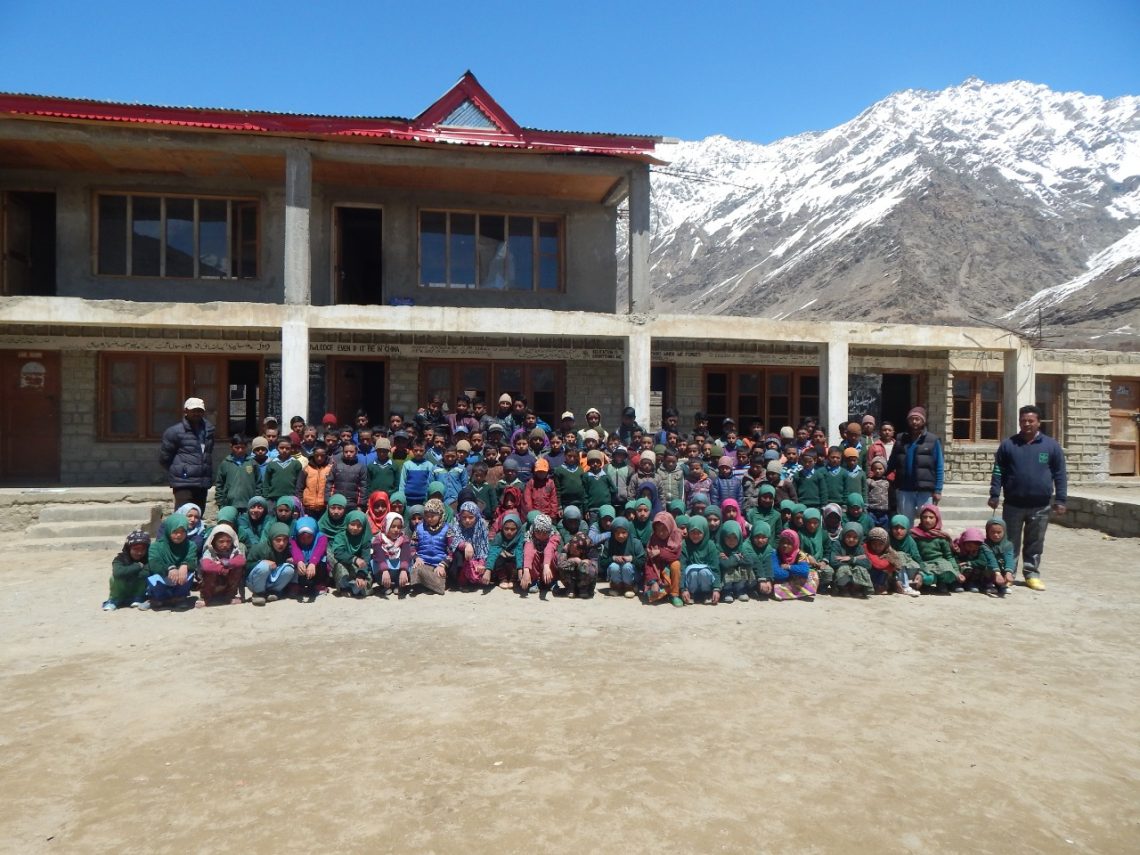
How One Man’s Vision Brought Education to a Remote Ladakhi Village
An education crusader from Ladakh’s isolated Taisuru village shares his journey of starting the village’s first school to make education accessible to those who cannot afford it
Story by: Syed Hassan
See video snippets of this story in Hindi
In the Suru valley – named after the Suru river that is the lifeline of the region – lies Taisuru, a charming village in the Kargil district of Ladakh. Its proximity to the Nun-Kun glacier makes Taisuru one of the coldest places in Ladakh, with the mercury dropping well below -35 degree Celsius at nights during peak winter! Life is not easy here, for we get disconnected from the rest of the world for 6-8 months in a year. Most people in the village earn a living from manual labor but have no income opportunities during the harsh winter months. While daily chores and earning an income is a challenge for the adults, the children too have to work hard to earn an education. I was one of those children.
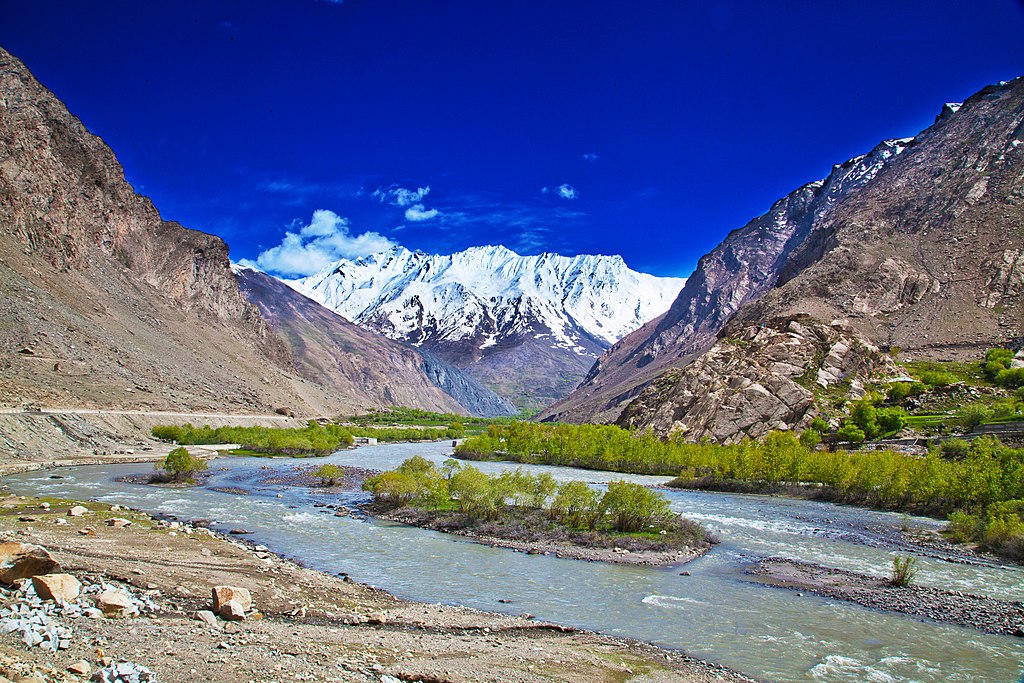
About 30 years ago, children from affluent families in my region went to study at schools in Kargil or Srinagar since there were no local education centers near Taisuru. Those who couldn’t afford it had no choice but to abandon the dream of a good education. When I completed grade 11, I wanted to go to Kargil for higher education. Destiny had other plans though. My mother got paralysis the same year and was bed-ridden for two years before succumbing to her illness. Around the same time, my father was diagnosed with the same disease. I couldn’t go out of the village leaving my parents behind, so I had no choice but to give up on my dream of a higher education. Destiny struck another blow when my father died after a struggle of five years. I was devastated by the personal loss and was clueless about what to do next.
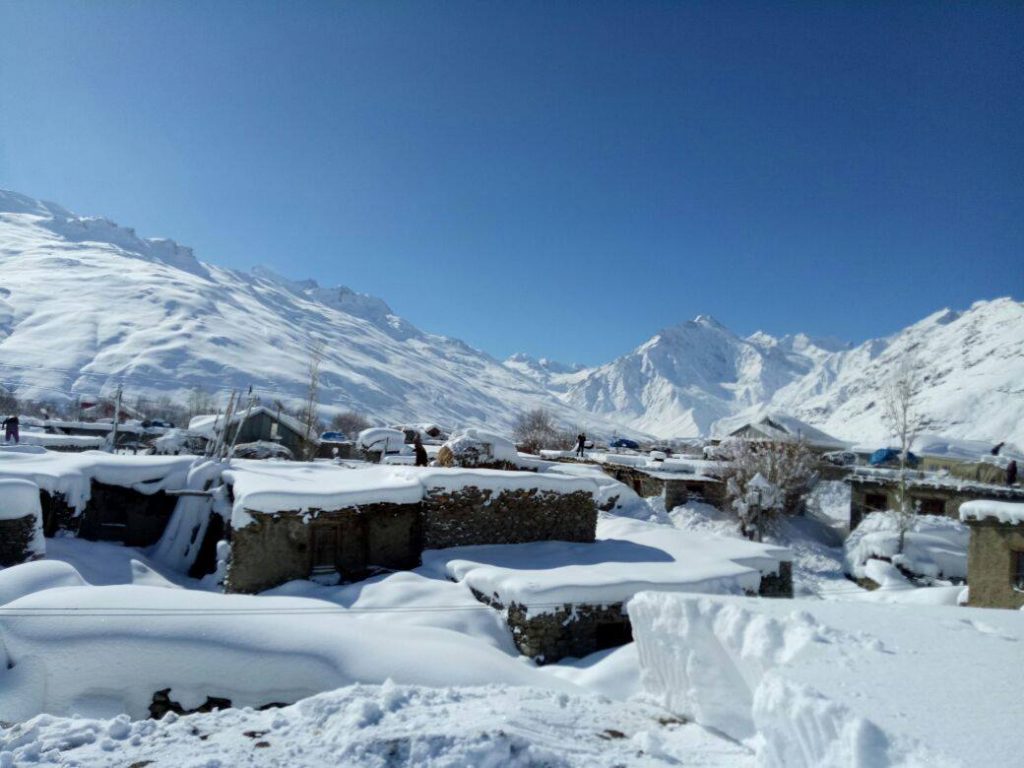
During an aimless walk one morning, I saw some children working with their parents in the fields. The family seemed to be economically poor, without the means to make ends meet. Education for those children was obviously out of question. At that moment, I felt an instant urge to help those who weren’t as privileged as me. I immediately shared my thought with my friends. The problem of the lack of education centers had persisted for so long in our village that it didn’t take much effort to convince my friends. We formed a group to raise funds to open our own school where children from disadvantaged families could study without having to pay a single penny. We registered the initiative as Evergreen Education Welfare Society. We asked for donations from all the sections of the Taisuru block and we got a good response. Funds solved only a part of the problem though. The bigger obstacle was finding a place to run classes.

As they say, your vibe attracts your tribe! Word about our attempts to start a school in Taisuru spread in the surrounding areas and I got a response from Mr. Haji Haider, who owned a house in Kargee village, a little ahead of Taisuru. He generously offered a room in his house to conduct classes. In the first year, we had only 15 students attending classes, but we had a roof over our head. Soon, help started pouring in and we were able buy a place with two rooms for conducting classes. In retrospect, it all feels like a dream! I still cannot fathom how we managed to collect funds to buy those two rooms, but our dream of an education for all had finally begun to take shape and turn into reality. Soon, government employees from Taisuru and nearby villages came on board to help. They started donating a fixed amount from their monthly salary to the school. The village folk donated land to build a bigger center. With support from kind-hearted people, we constructed some rooms on the land. That is how Evergreen Public School was built in the year 2000 with classes available till Grade 8.
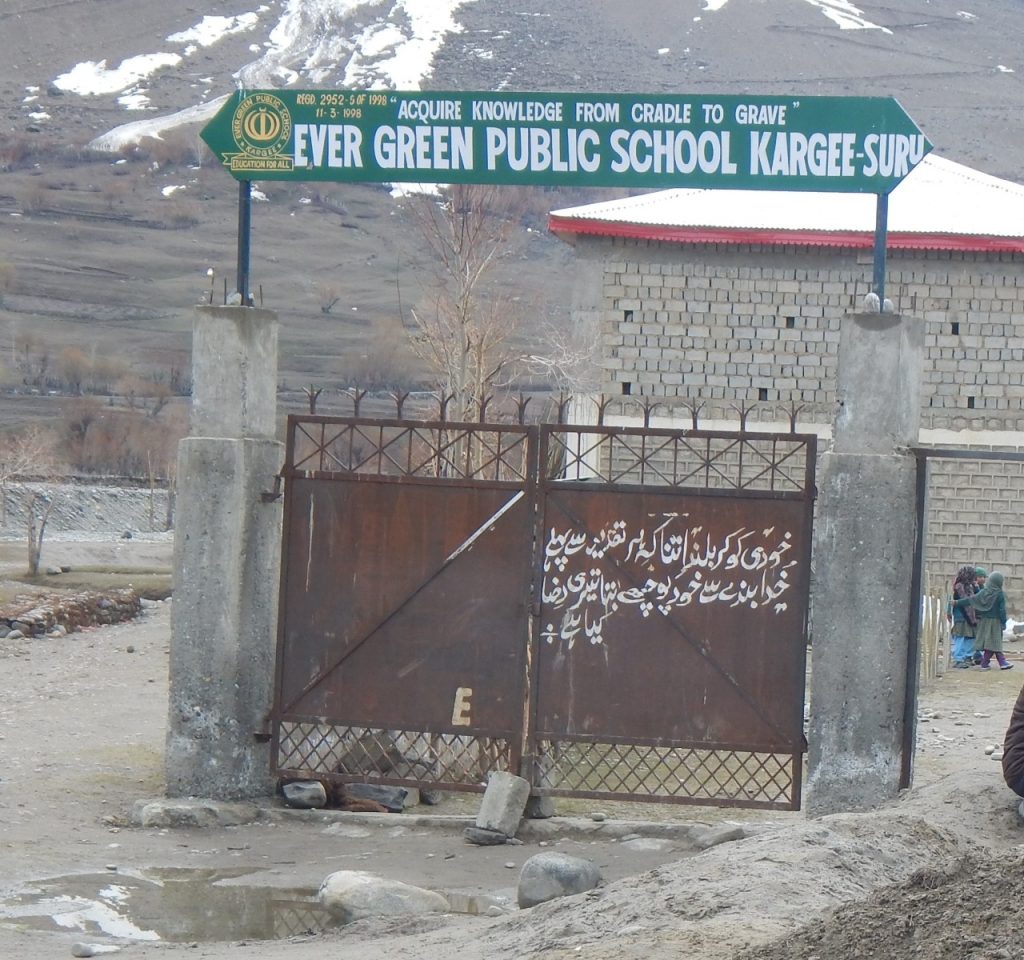
The issues relating to funds and space for classrooms were resolved. But how could we get teachers to run the classes in such a remote village? Because of the distance and remoteness of the place, no applicants from Srinagar or even Leh were willing to come to our school to teach. Some applicants asked for an exorbitant amount as compensation, which we could not afford. This problem gradually got solved when volunteers started stepping forward. Our first volunteer came through a reference in Kargil. She stayed in our village for two months to teach students. She also helped us find more volunteers.
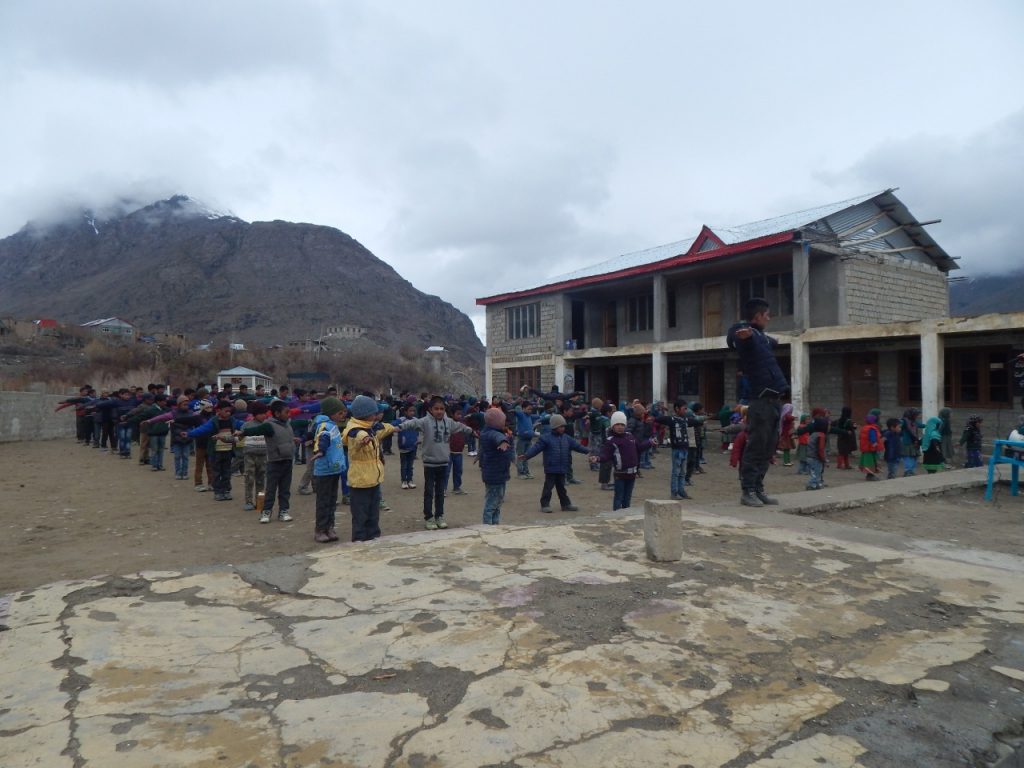
Two years ago, we had three such volunteers working as resident teachers. It was like a gift to have such wonderful people sign up for teaching children in such a remote area. This system, though imperfect, provided us with much-needed confidence and a channel for outside help.
Word of mouth spreads faster than one can imagine! A resident of our village, who runs a taxi business, met a group of travel enthusiasts in 2018 and talked about our initiative. The group was on a mission to work with Ladakh’s communities and we met them. Soon, Global Himalayan Expedition, an organization dedicated to supporting remote Himalayan communities through sustainable tourism and technology, joined our efforts and set up a digital education center consisting of a computer lab, server and furniture in the school. This encouraged more students to join the school.
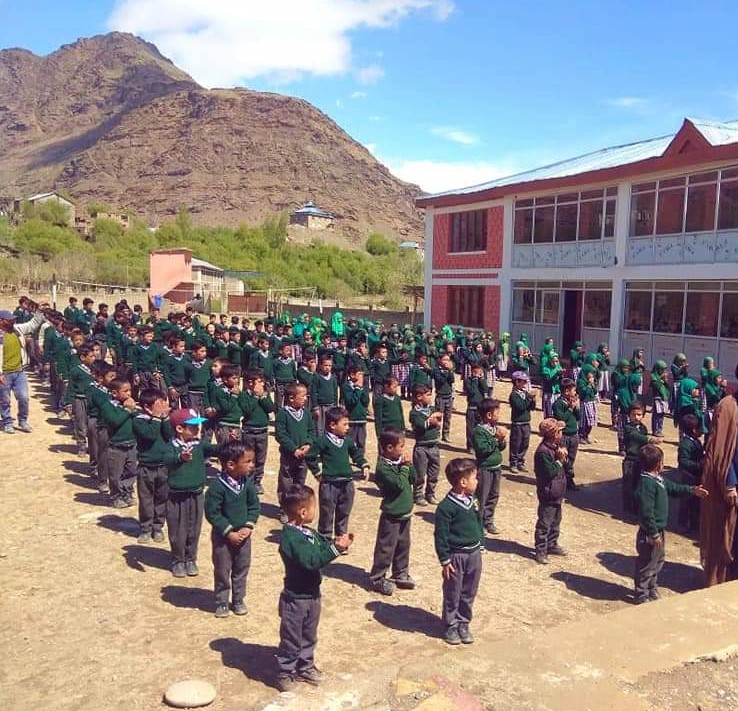
This humble story has become a mission for the residents of Taisuru village. We now have 220 students studying at our school, of which 50% are from families living below the poverty line. We do not charge any fees from their children. Even those who can afford it, pay only Rs 300-500 as their annual fees. The donations and fees that we collect help us pay salaries to the teachers. We cannot afford to pay the same salaries as those offered at other places, so we recruit under-graduate and graduate youth from the village as teachers. It not only helps us reduce costs, but also helps us generate employment for the youth in the village.
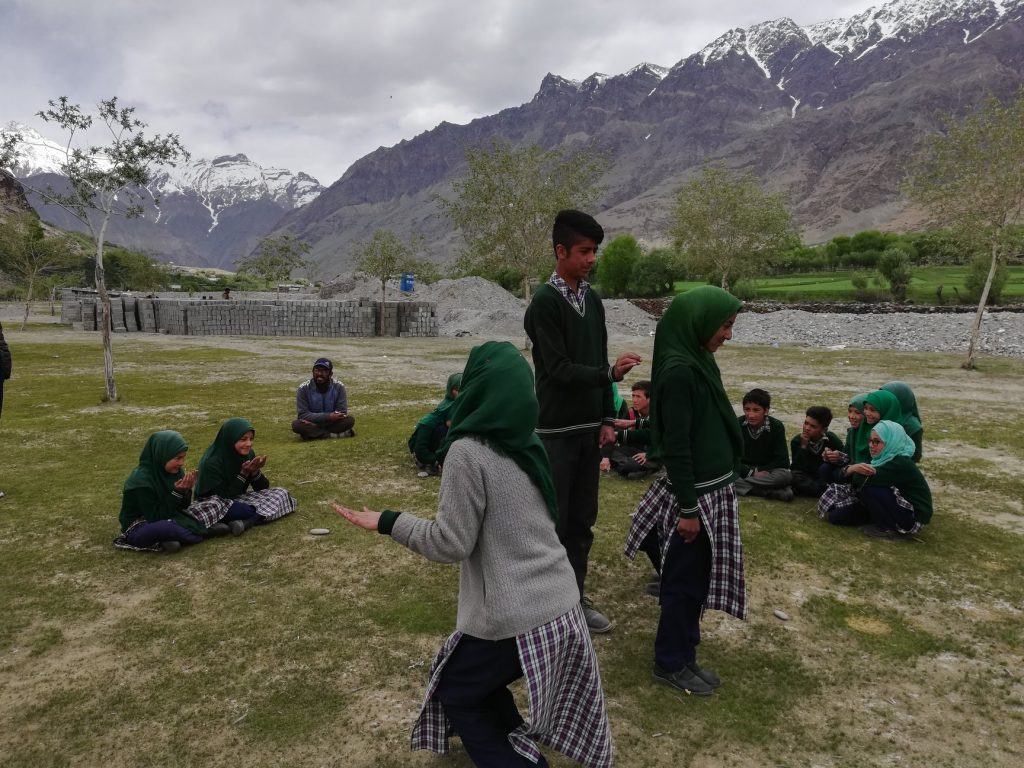
We have students from nearby villages who live within 8 km radius of the school. They walk to the school every morning during summer. Because of heavy snowfall during winter, they are unable to walk to the school and attend classes, so we run tuitions for only a few students during these months. We are trying to address this problem as part of our next phase. We plan to build a hostel to accommodate students to save their time and effort to walk up to the school every day. Our school is an English medium school and the teachers here work really hard. But the kids who study here do not have a conducive environment at home. They have to do household chores, farming and labor work, which distracts them. If we build a hostel, these kids will be able to stay with us in a better environment designed for their educational needs. We have land available for the construction of the hostel. It will take some time and money to complete the construction, but I am sure we will achieve it. My vision is to provide our students with good education and exposure that is at par with the other schools of the country.
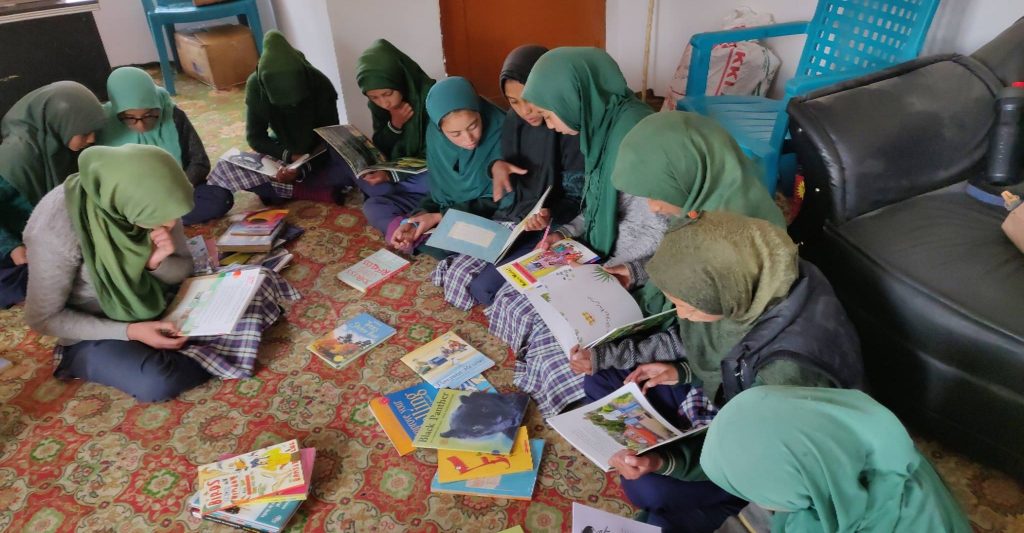
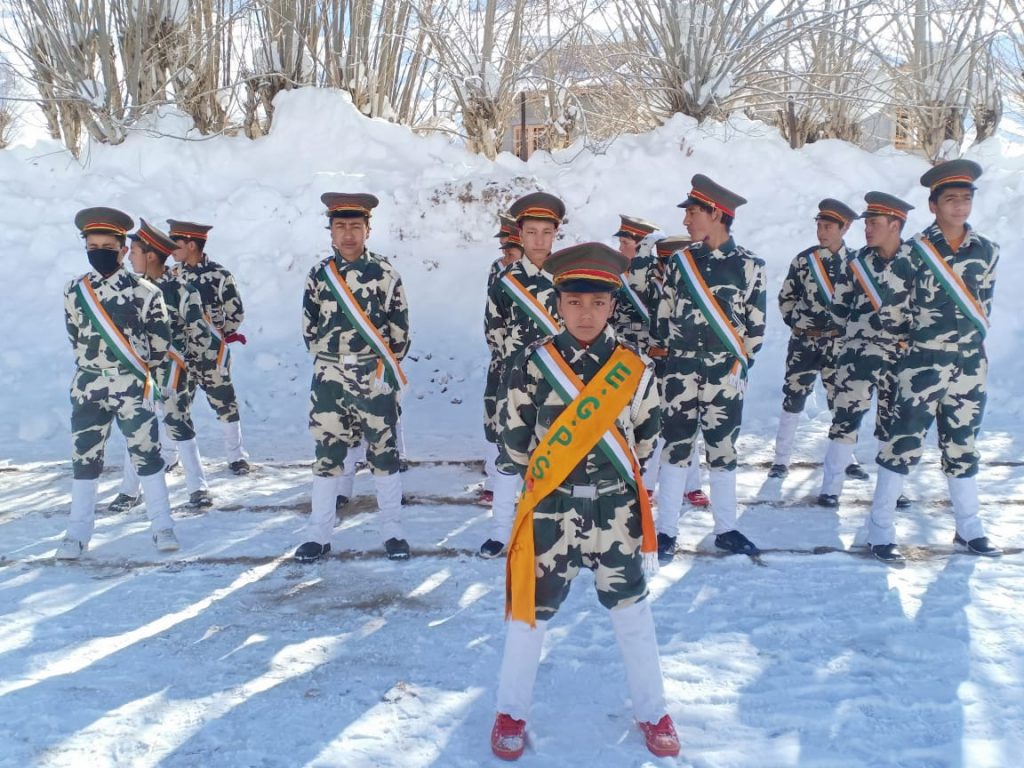
Taisuru can be considered as a base to visit the Nun-Kun glacier. The Parkachik glacier is just 8 km away. The route to Zanskar passes through our village and there are several trekking routes like Nun-Kun to explore from here. It has a huge untapped potential for tourism. I welcome you to visit my village and our school to meet our teachers and students when you embark upon a journey to Zanskar.
See video snippets of this story in Hindi
Meet the storyteller





